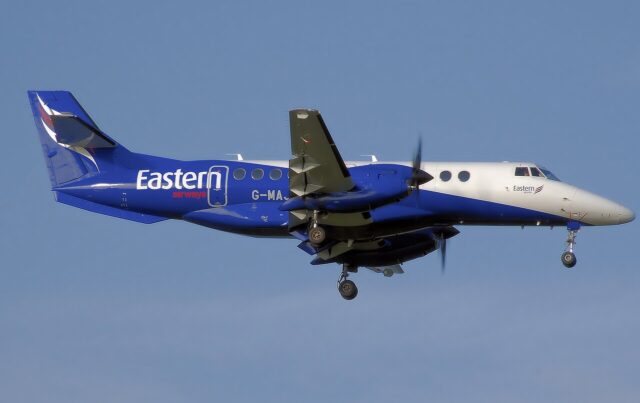UK Government approves £2.2bn plan to move Gatwick’s northern runway by 12 metres

September 22, 2025

The UK government has approved Gatwick Airport’s £2.2 billion Northern Runway Project, allowing the UK’s 2nd-busiest airport to bring its standby northern runway into routine use. The airport claims that the project will increase capacity, enhance resilience across the London airport system, and generate economic benefits. However, it has also raised concerns about noise, emissions, and local environmental impacts.
Gatwick’s 2nd runway moves 12 meters north
The project involves moving the northern runway’s centerline 12 metres north to meet safety standards, so it can be used alongside the airport’s main runway. Under the approved plan, the runway will be restricted to take-off operations for narrowbody aircraft, while landings will continue on the main runway. New runway operations are scheduled to begin in 2029.

The £2.2 billion capital expenditure includes planned spending on the airfield, carparks, hangars and terminals, construction, and surface access. The project is fully funded by VINCI Airports, which holds a 50% stake in Gatwick Airport, with no public investment.
In a statement posted to Gatwick’s website, Stewart Wingate, VINCI Airports Managing Director for the United Kingdom, welcomed the government’s decision, which will enable the Northern Runway to go into routine use “ahead of the expected deadline.”
Wingate added that the project “will unlock significant growth, tourism and trade benefits for London Gatwick and the UK and create thousands of jobs.”
He was also cautious of the planning conditions imposed with the approval. “As we’ve said previously, it is essential that any planning conditions enable us to realise the full benefits of the project and do not impose unnecessary constraints that make it uneconomic to invest in,” he stated. “We now need to carefully examine the details of the planning consent. Once we have done that, we will be able to comment further.”
Gatwick’s new runway project: economic assessment
Oxera prepared an Economic Impact Assessment for Gatwick Airport Limited in 2021, which projected significant benefits. According to the study, passenger numbers are expected to be around 13 million higher by 2038 than they would be without the runway.
The report projects that passengers, airlines, and the airport would benefit between £7.3 billion and £14.3 billion in present value terms. Within 60 years, the report projects the UK economy will gain between £4.7 billion and £6.6 billion in wider benefits, including business activity, productivity, employment, and foreign direct investment.

The new runway is expected to increase passenger traffic and generate £4.7 billion in Air Passenger Duty revenue for the government. The overall net present value of the project was estimated at between £10.5 billion and £22 billion.
The Oxera assessment also identifies unquantifiable benefits, such as increased competition in the London aviation market, which provides greater resilience to disruption, and expanded freight capacity. Locally, the project could create employment opportunities, from 3,200 new jobs at the airport to over 20,000 jobs overall (including those produced by the wider economic benefits).
Environmental and local impact of Gatwick’s new runway
The Economic Impact Assessment also recognises costs associated with higher noise levels, road traffic and emissions. The monetised value of greenhouse gas and air quality impacts is estimated to range between £0.9 billion and £3.5 billion.
The government’s approval includes conditions on noise limits, public transport targets and mitigation measures for communities around the airport.
Sensitivity testing carried out by Oxera indicated that the scheme would still deliver positive net benefits even if demand growth were delayed by five years.
With approval now granted, Gatwick will move on with detailed planning and construction.
















